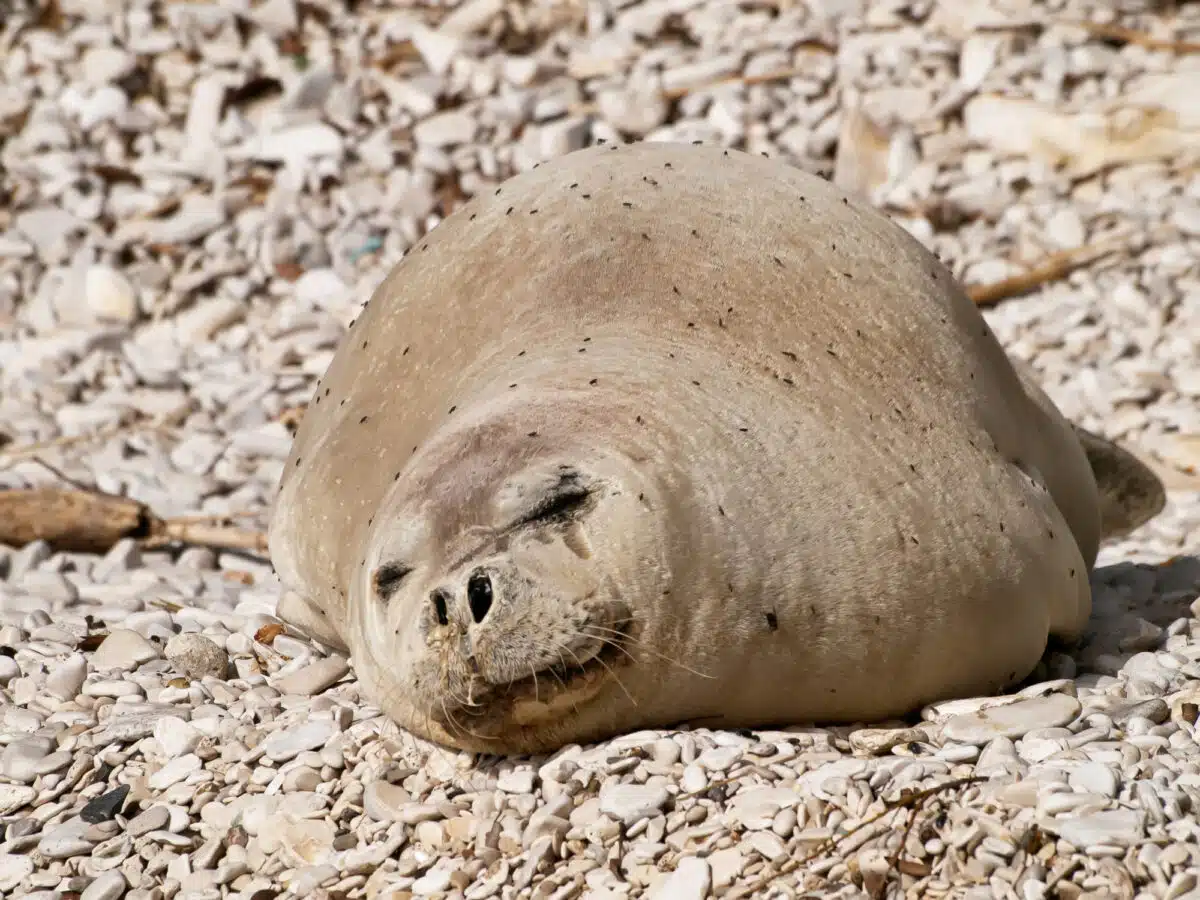The Mediterranean monk seal, one of the world’s most endangered marine mammals, has witnessed a notable resurgence in recent years. This species, historically widespread across the Mediterranean and Black Seas and parts of the Atlantic, faced a drastic decline due to human activities. However, conservation efforts have led to their reclassification from “critically endangered” to “vulnerable” on the IUCN Red List, signifying a promising increase in their numbers.
The Mediterranean Monk Seal
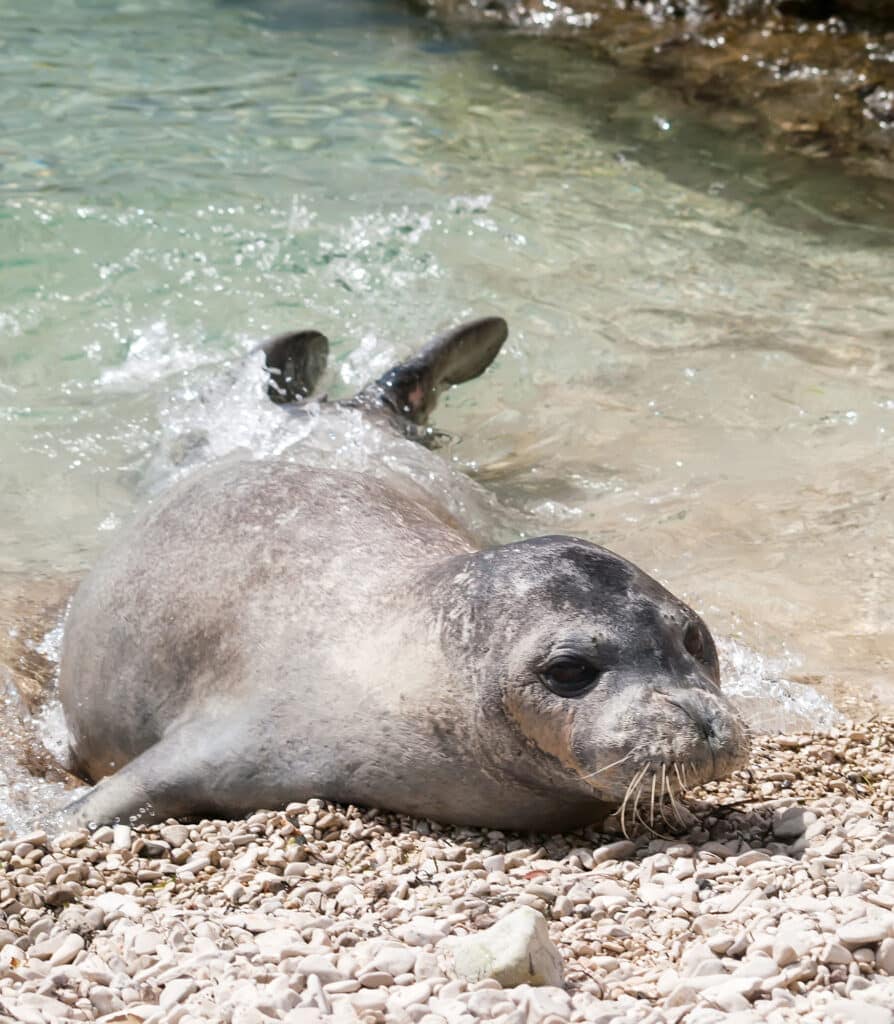
The Mediterranean monk seal (Monachus monachus) is one of the rarest marine mammals in the world, inhabiting the Mediterranean Sea and the eastern Atlantic Ocean along the coast of Northwest Africa. This species is characterized by a black or dark brown coat in males and a brown or grey coat in females, with a distinctive white belly patch that varies between the sexes.
These seals historically used open beaches for resting and pupping but have been driven to use inaccessible undersea caves due to centuries of human exploitation and harassment. They are known to dive and feed in shallow, nearshore waters, preying on a variety of fish, octopus, squid, and eels.
The species has faced a dramatic population decrease due to commercial hunting, especially during the Roman Empire and Middle Ages, and eradication by fishermen in the 20th century. Currently, there are only about 600 mature individuals left.
Conservation Efforts
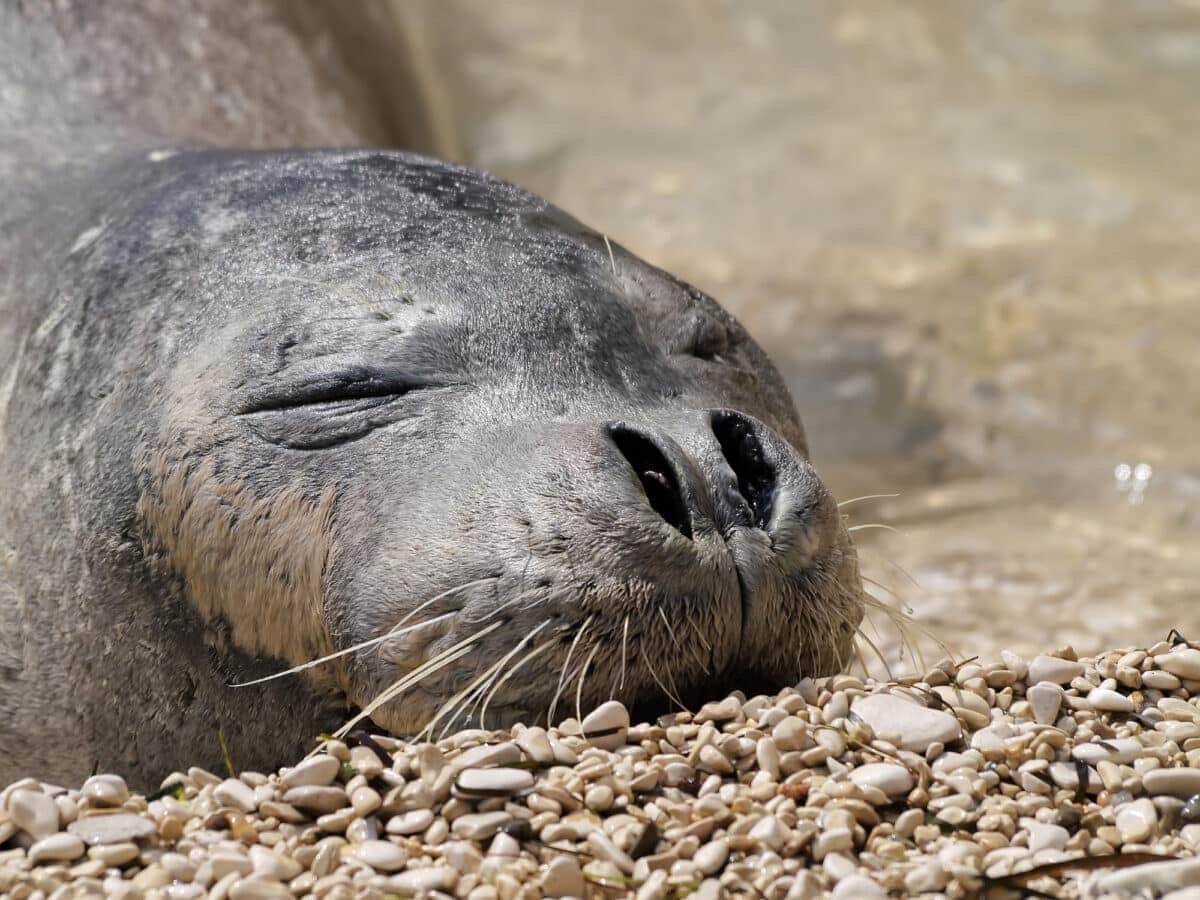
The Mediterranean monk seal’s comeback can be attributed to various dedicated conservation initiatives. These include establishing protected marine areas, implementing fishing gear modifications to prevent accidental captures, and efforts by organizations like MOm in Greece, which have played a pivotal role in monitoring and rescuing orphaned pups. Such interventions have fostered a societal shift in attitudes towards seals, contributing significantly to their recovery.
Genetic Insights and Population Management
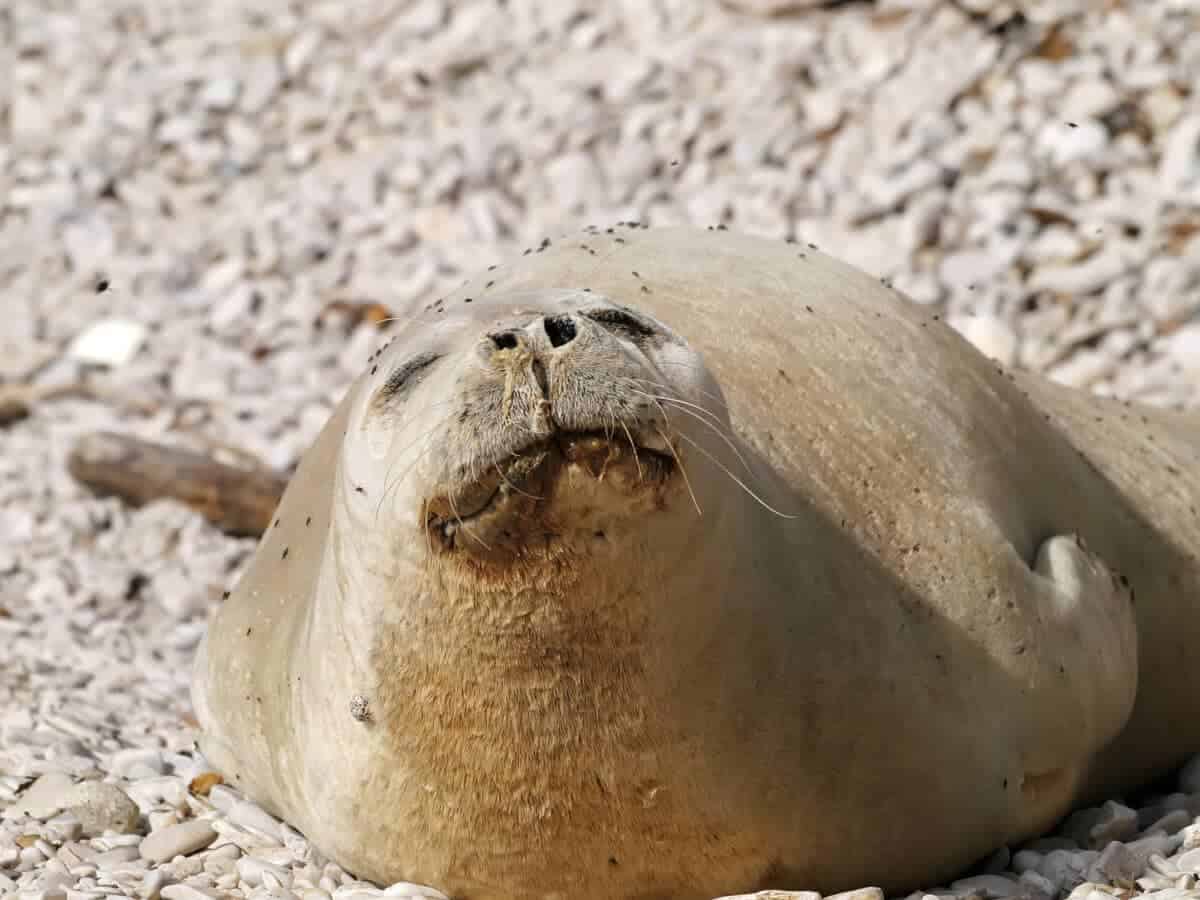
Genetic studies have been crucial in understanding the Mediterranean monk seal’s conservation needs. Research has indicated the existence of genetically distinct populations within the species, emphasizing the need for tailored conservation strategies. This approach is vital for maintaining genetic diversity, which is critical for the species’ long-term resilience.
Habitat Preservation of the Mediterranean Monk Seal
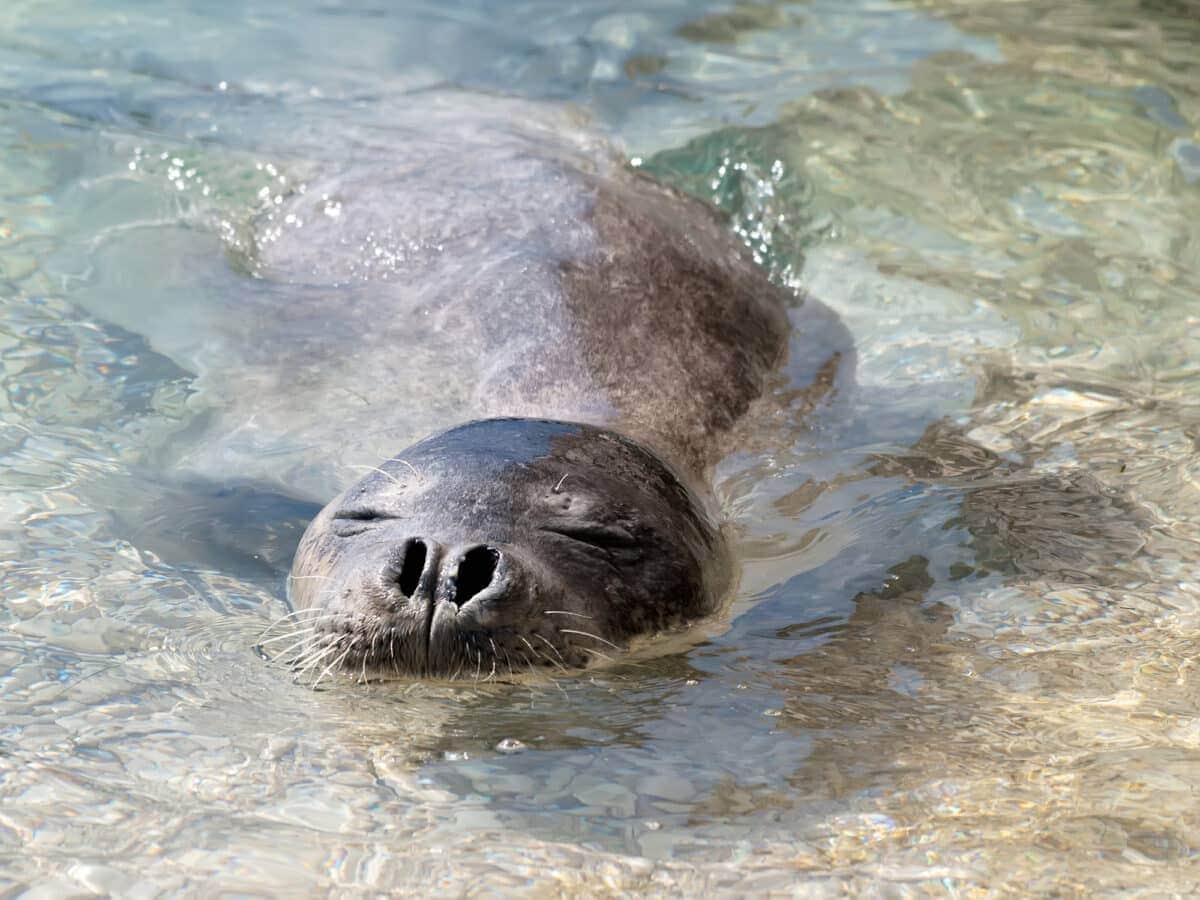
Innovative methods have been employed to bolster the monk seal’s recovery, including the construction of artificial ledges in marine caves to provide safe breeding and resting habitats. Such interventions address the loss and degradation of natural habitats, one of the significant threats to the species.
Challenges and Future Directions
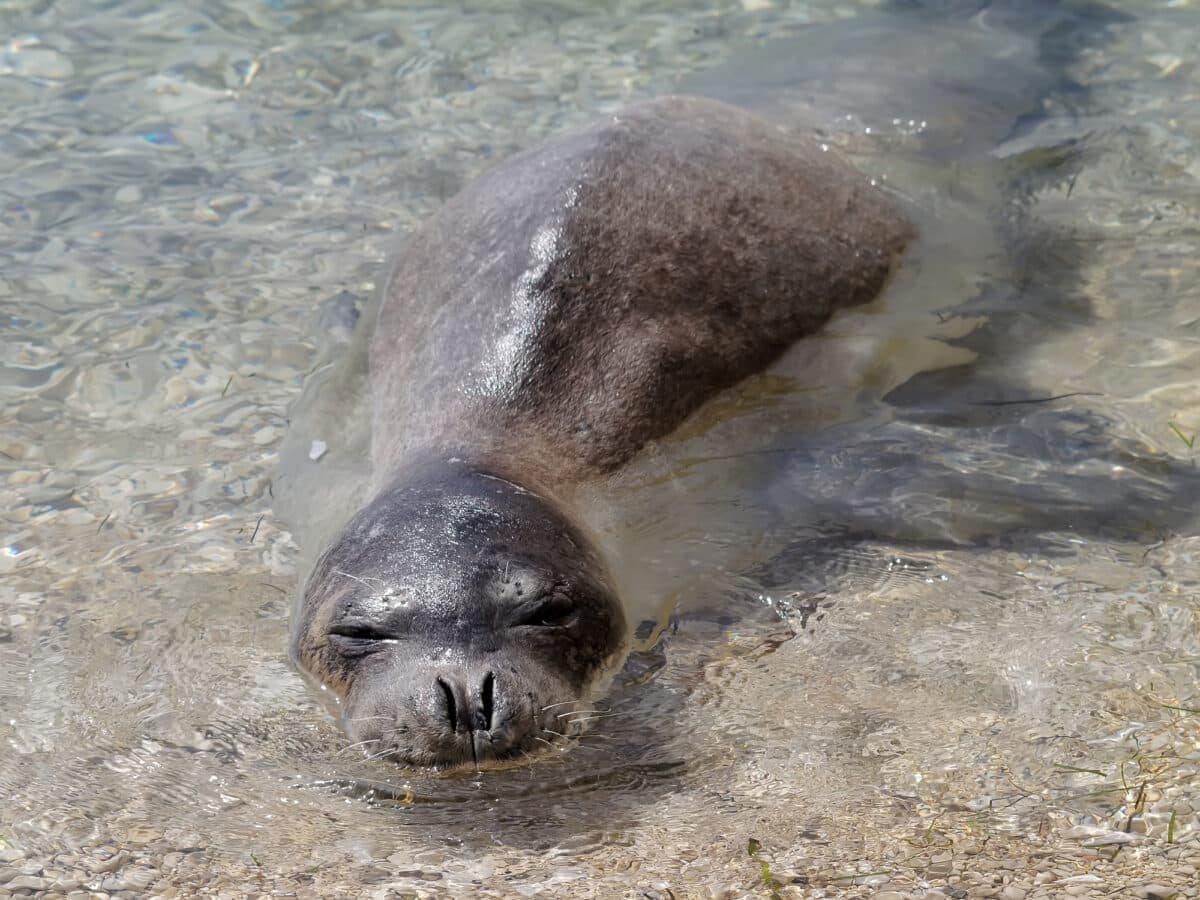
Despite these successes, challenges remain. The Mediterranean monk seal population still faces threats from habitat destruction, human encroachment, and fishing activities. Continued efforts are needed to ensure the species’ survival, focusing on habitat protection, mitigating negative interactions with fisheries, and enhancing public awareness and education.
Conclusion
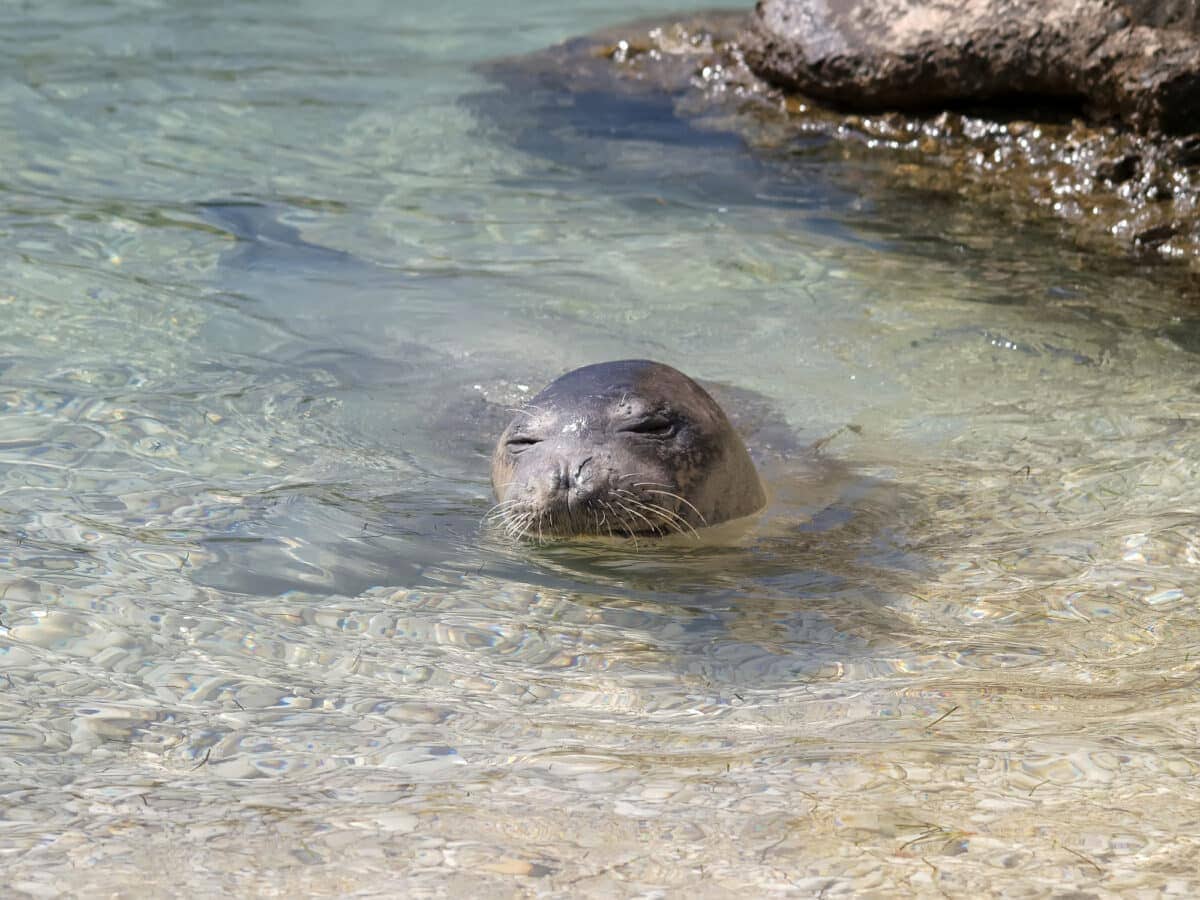
The Mediterranean Monk Seal’s recovery is a beacon of hope in marine conservation. It demonstrates the effectiveness of targeted conservation actions combined with community involvement and innovative approaches. As efforts continue, this species’ story can serve as an inspiring model for conserving other endangered marine animals.
What do you think about the Mediterranean monk seal? Leave a comment below.
Thank you for following along with this article – Recovery of the Mediterranean Monk Seal
You may also like:
- Swim with Seals and Sea Lions: Top 5 Destinations
- The Biggest Seal Ever Recorded
- Difference Between Seals And Seal Lions Explained
Join our Forum for free today!

- Shocking Survey Results of only 718 Snow Leopards Identified in India - July 18, 2024
- Do Octopuses Punch Fish For No Reason? - July 5, 2024
- Brave Farm Animals Save Chicken Friend FromHawk - June 30, 2024

